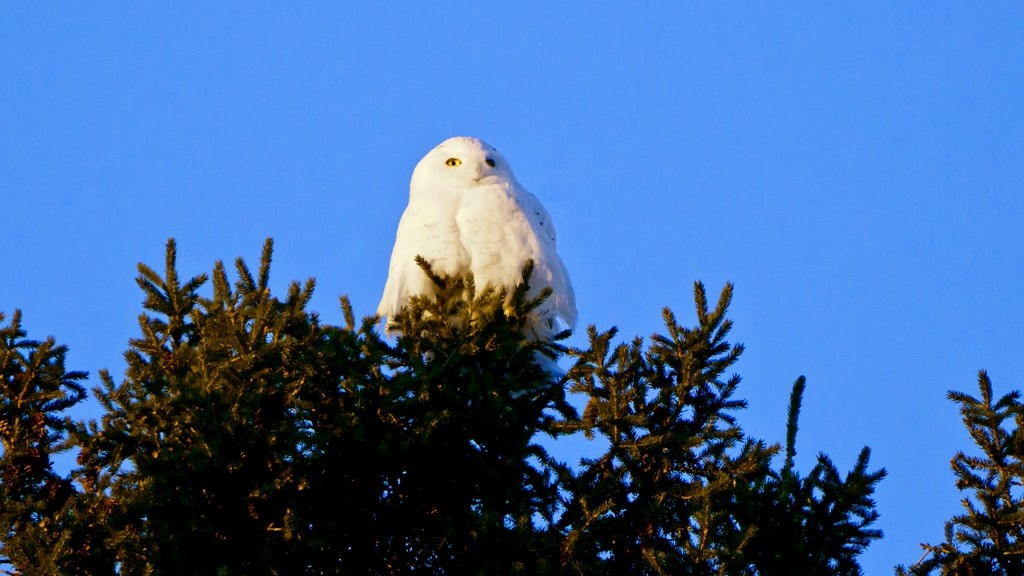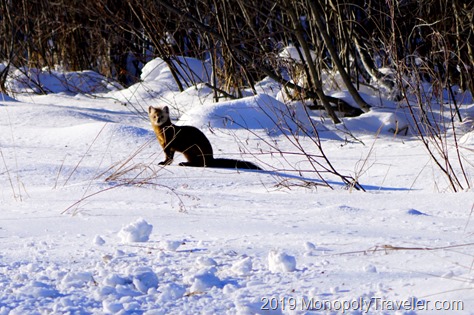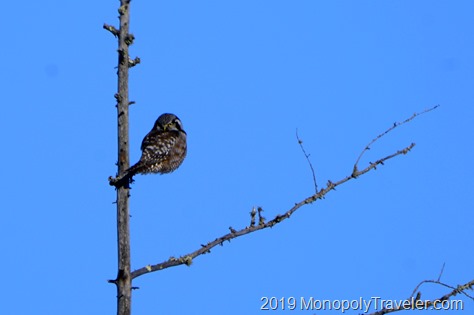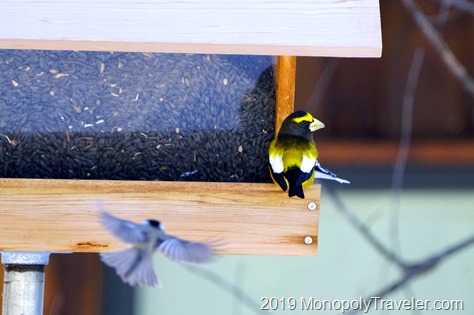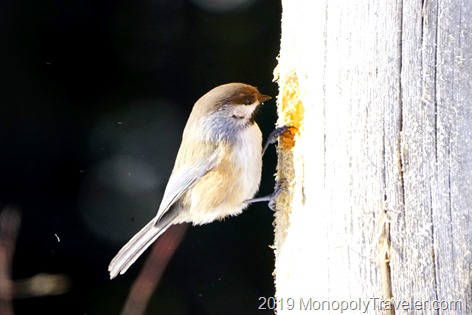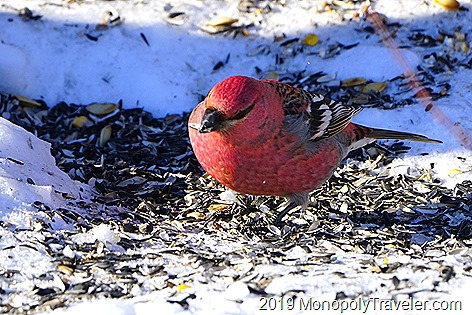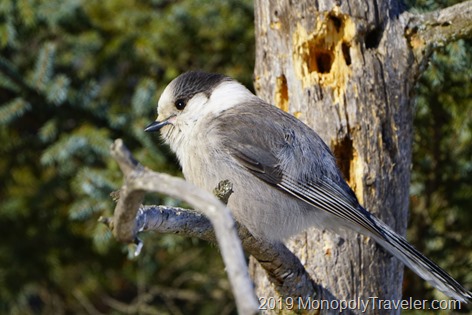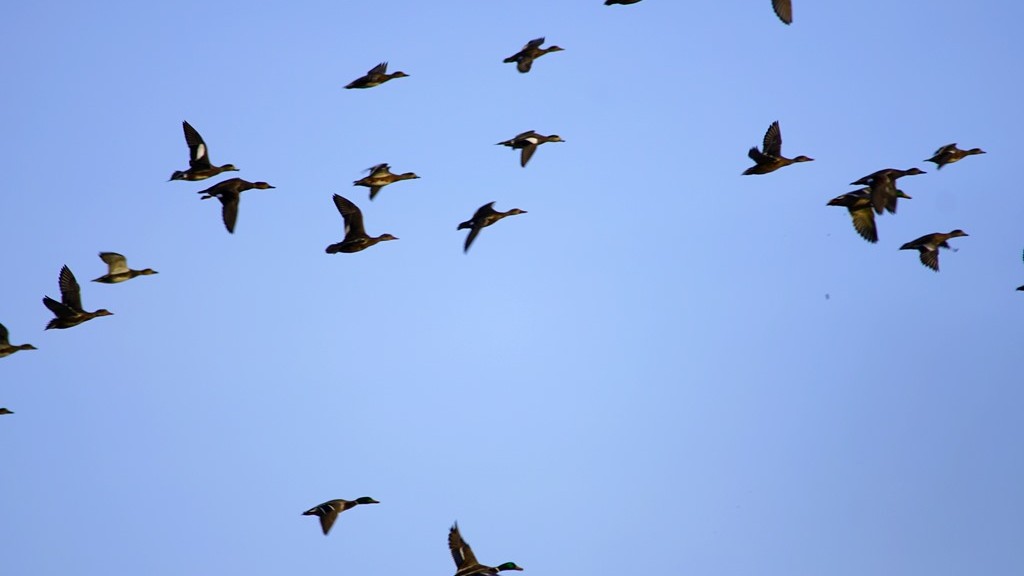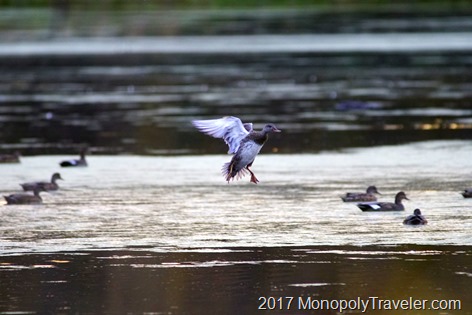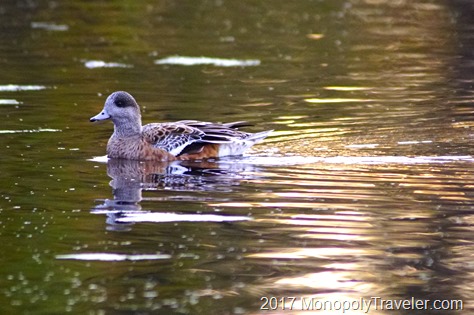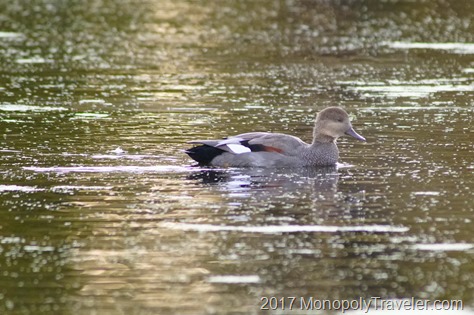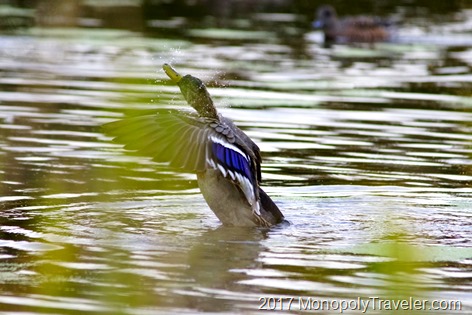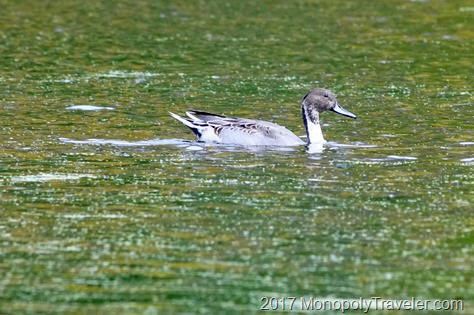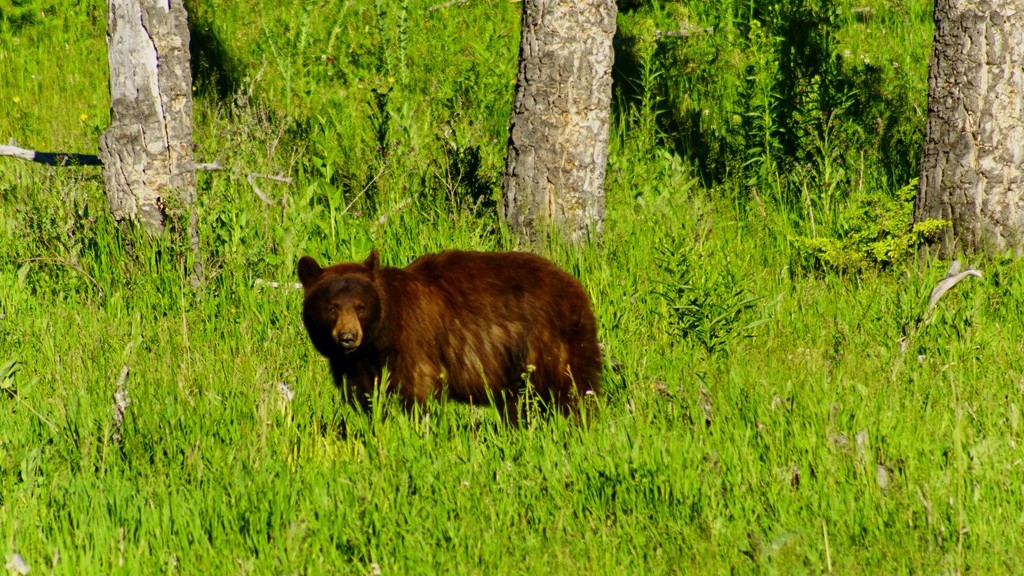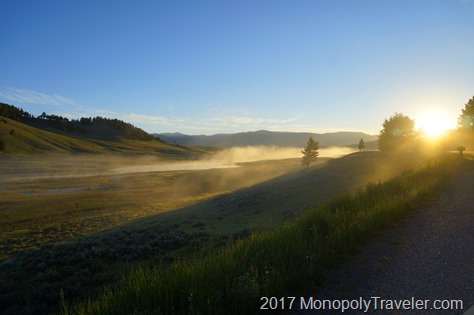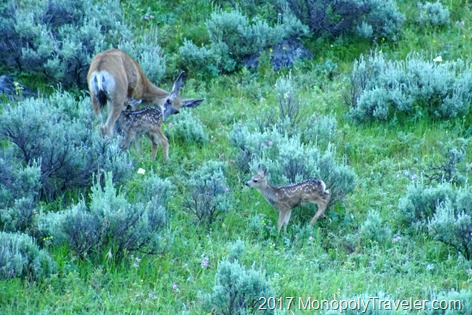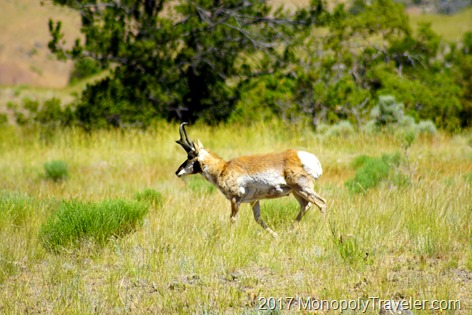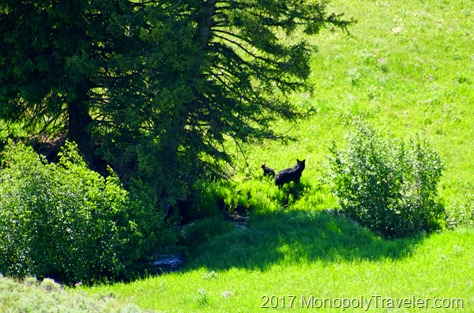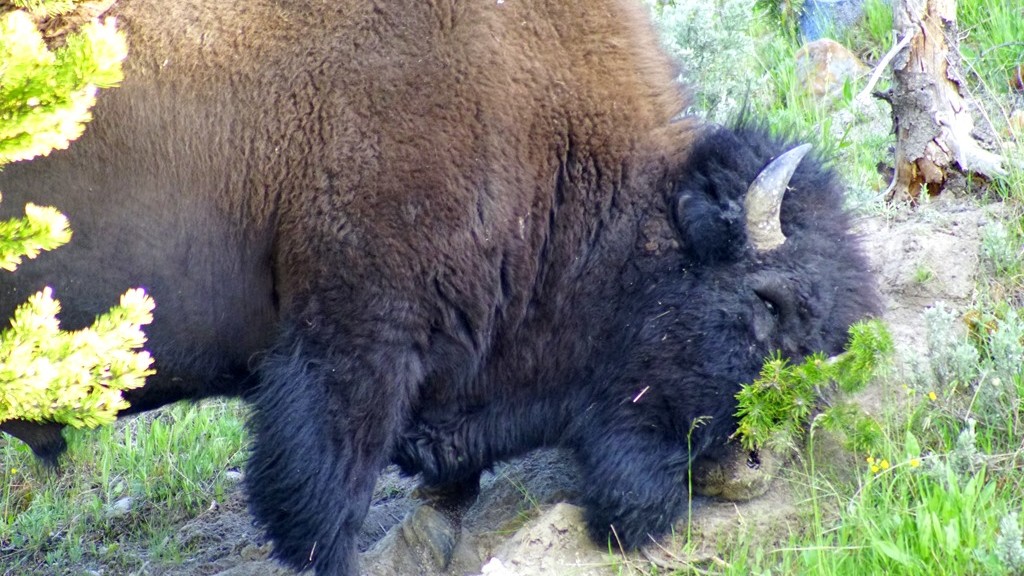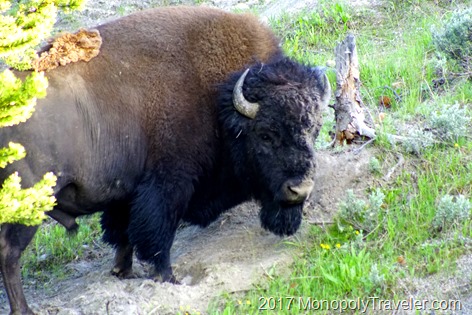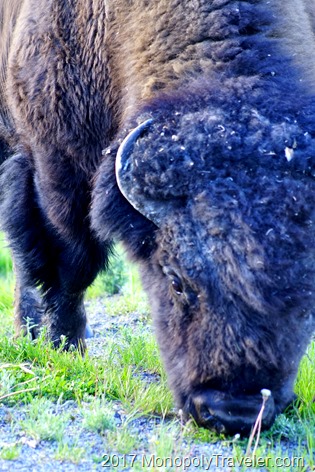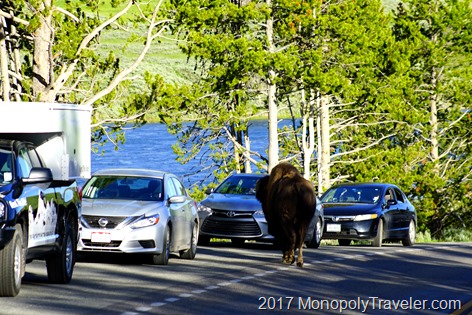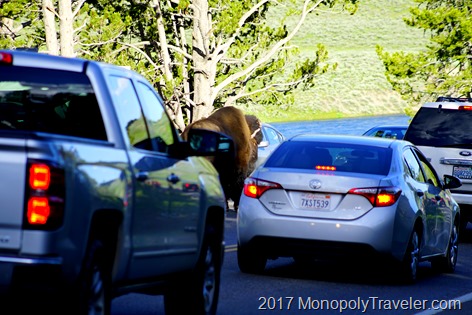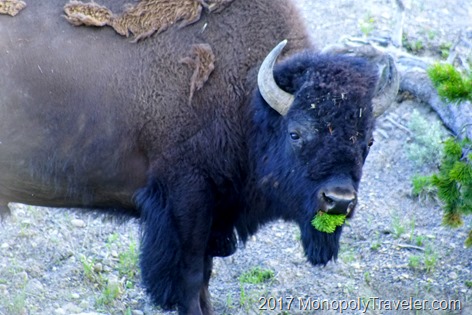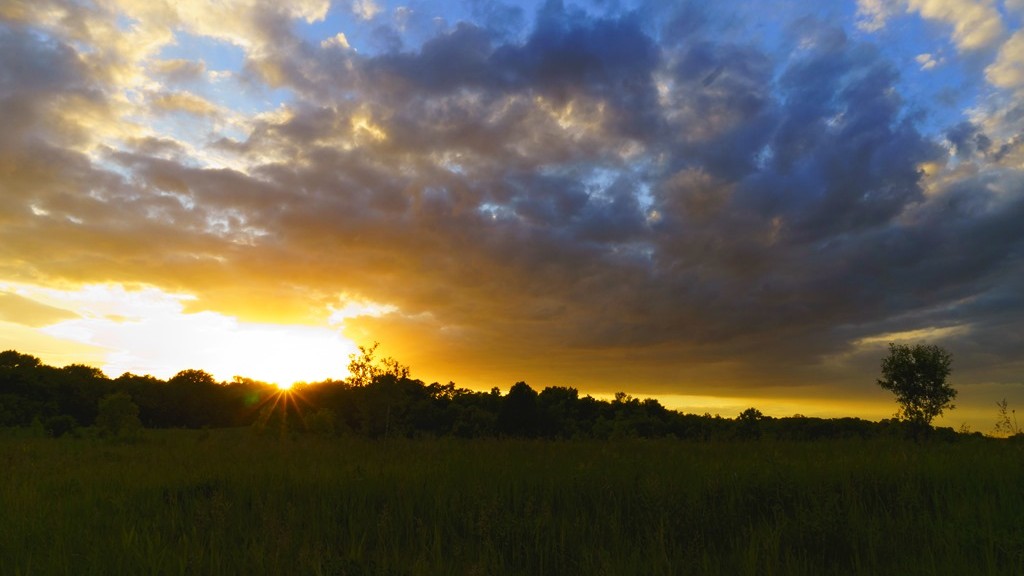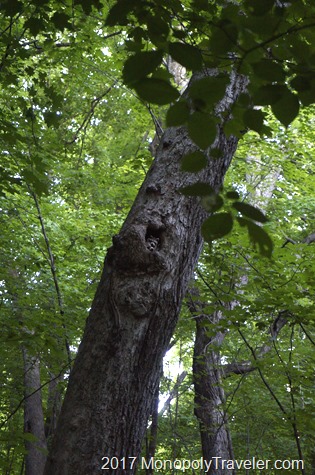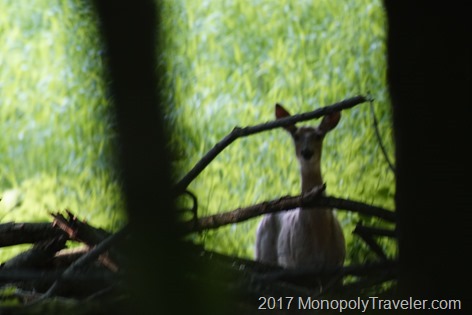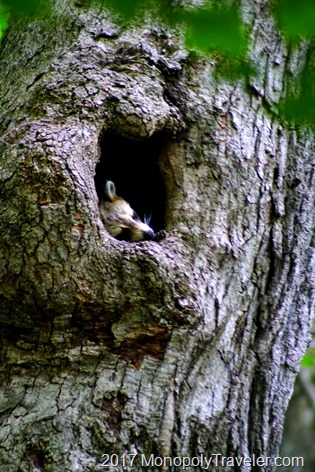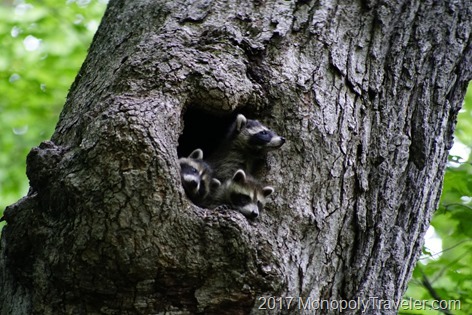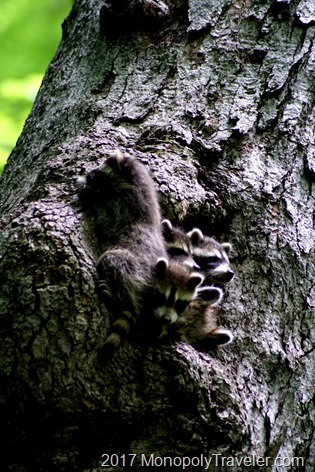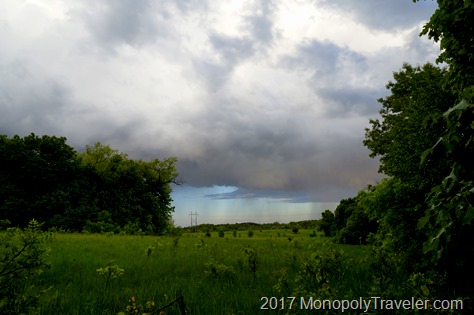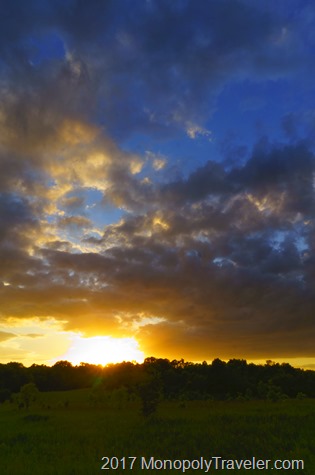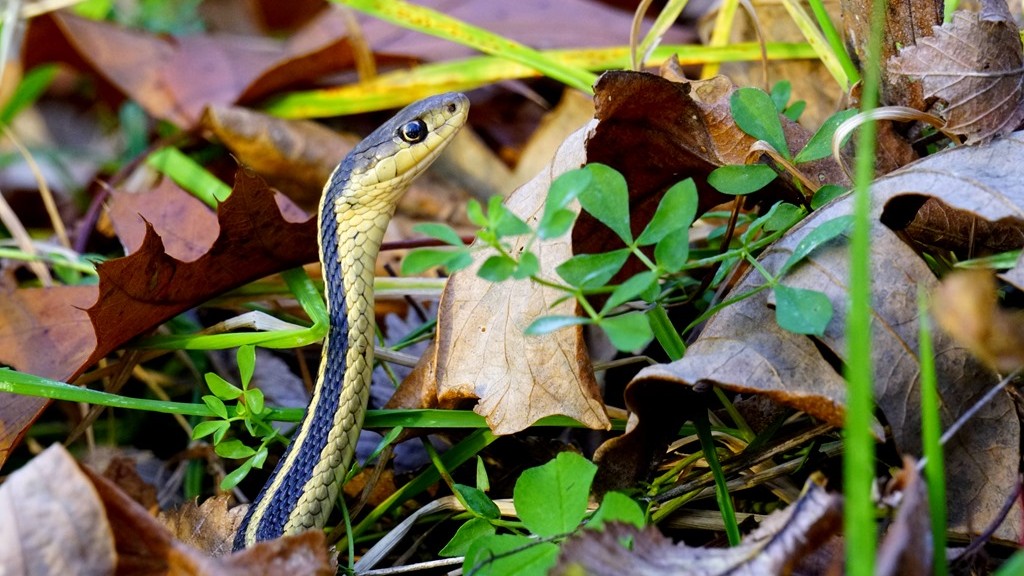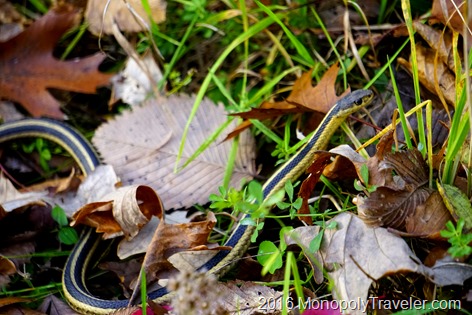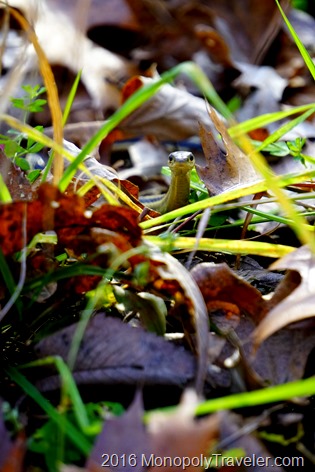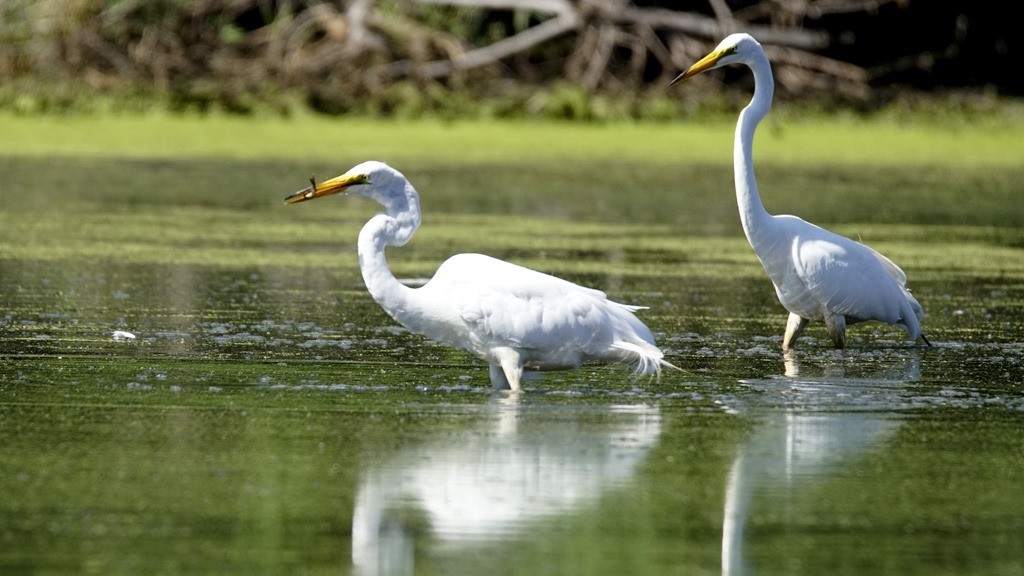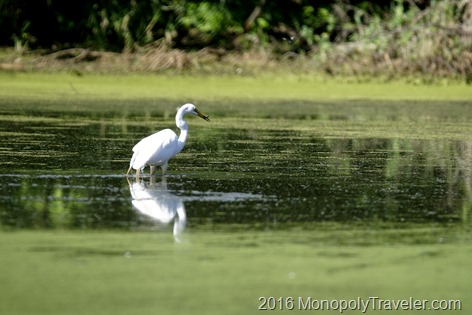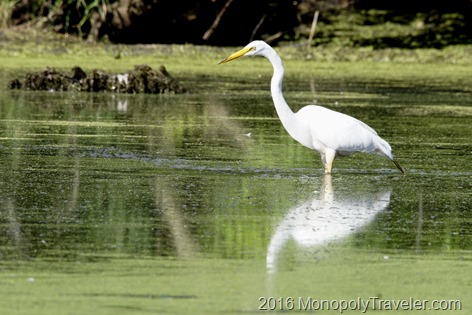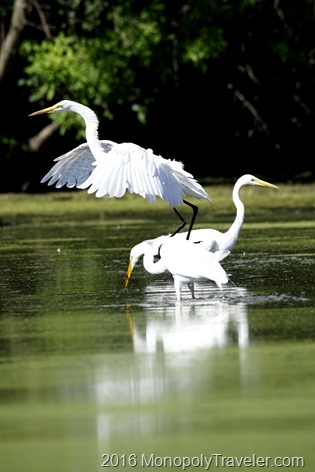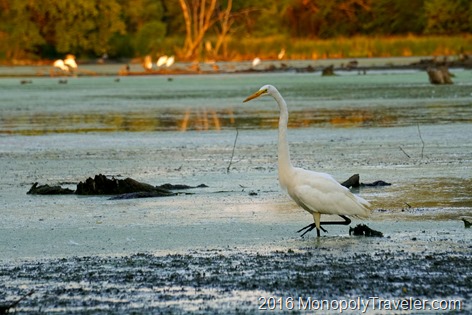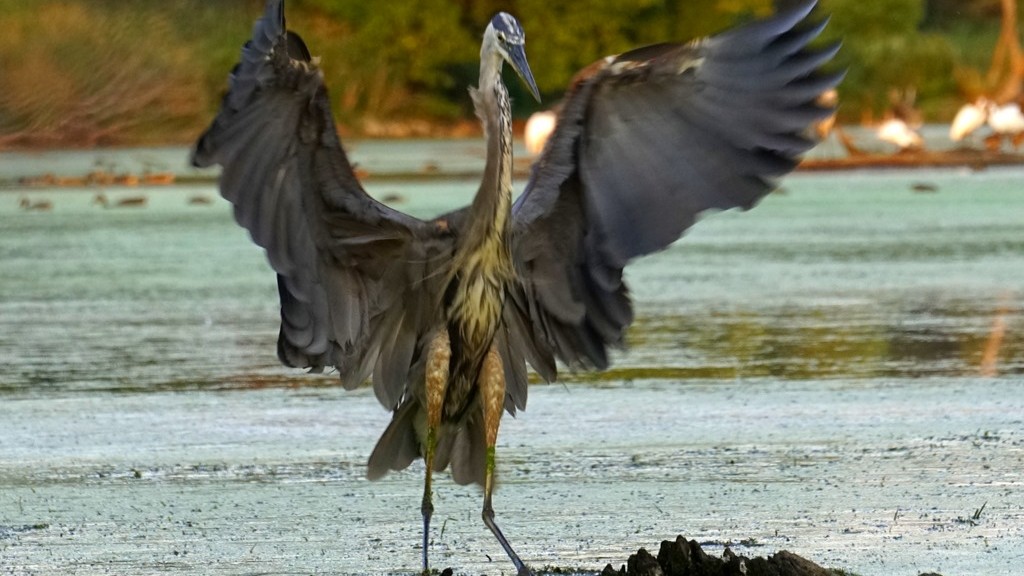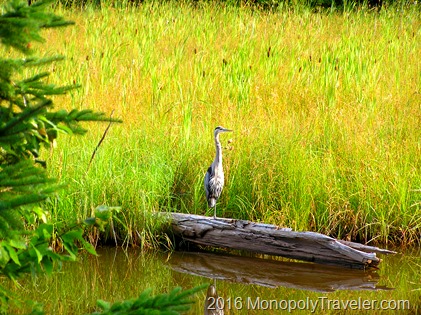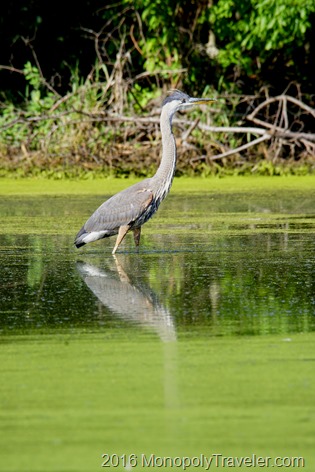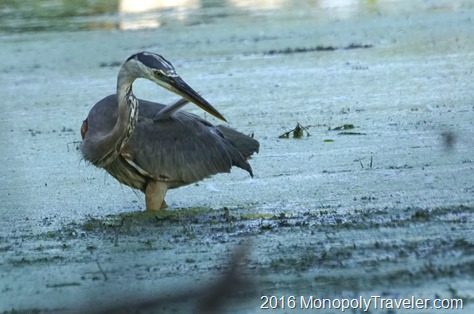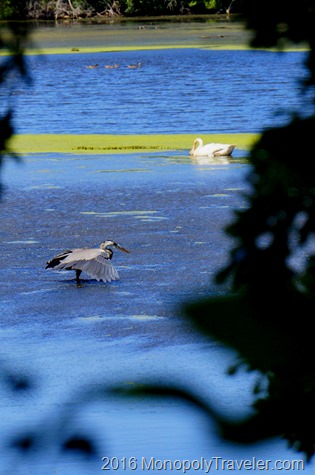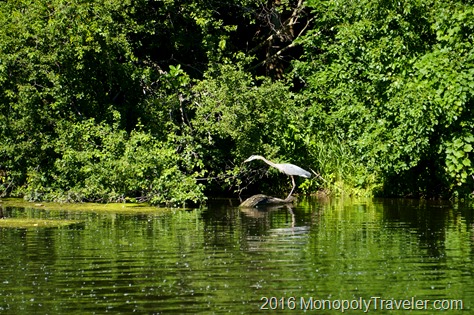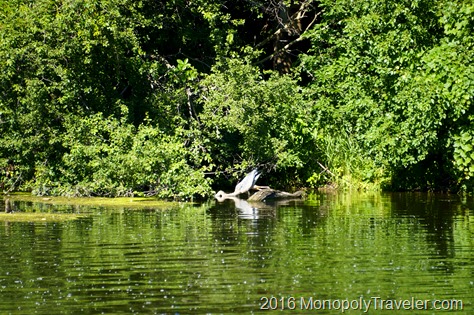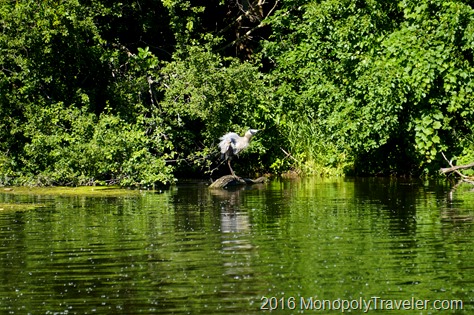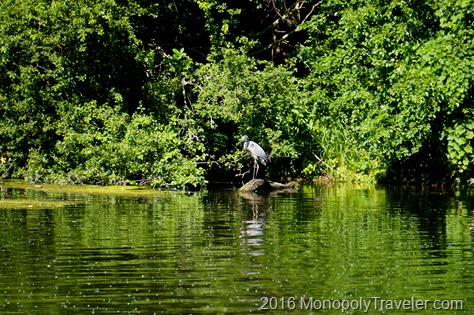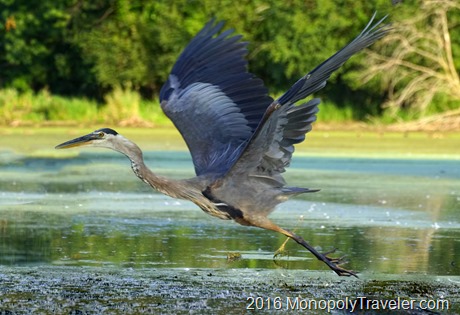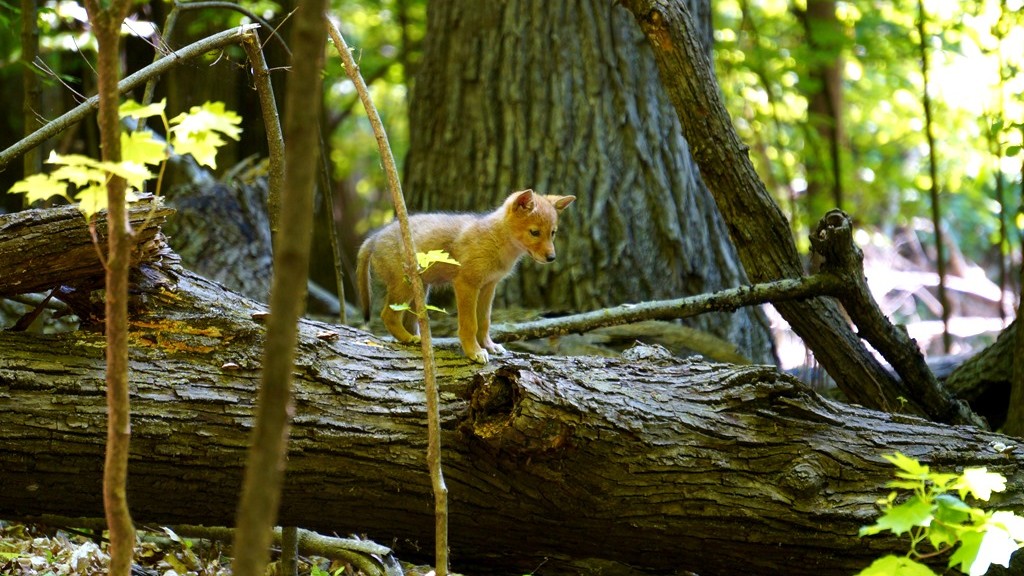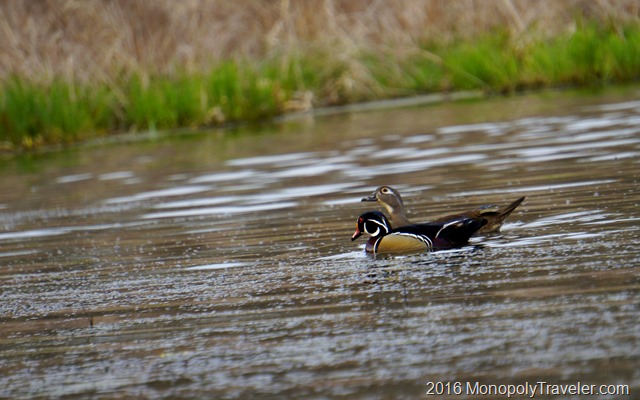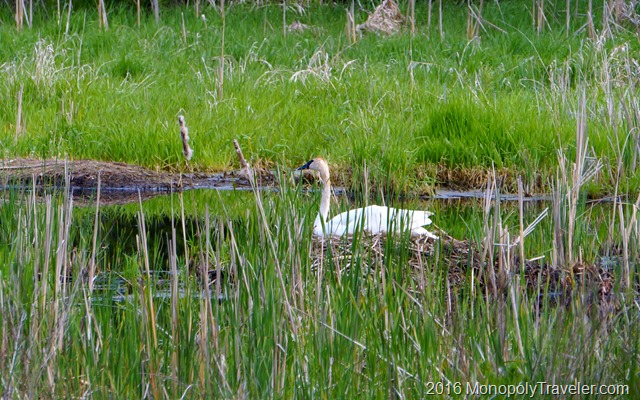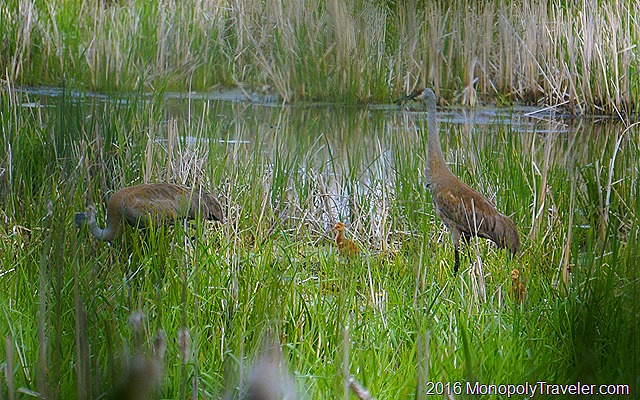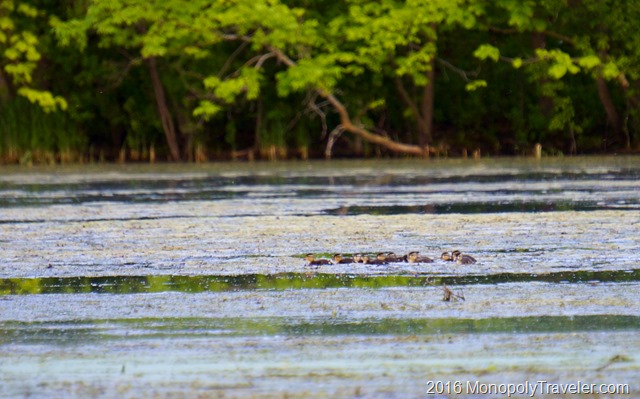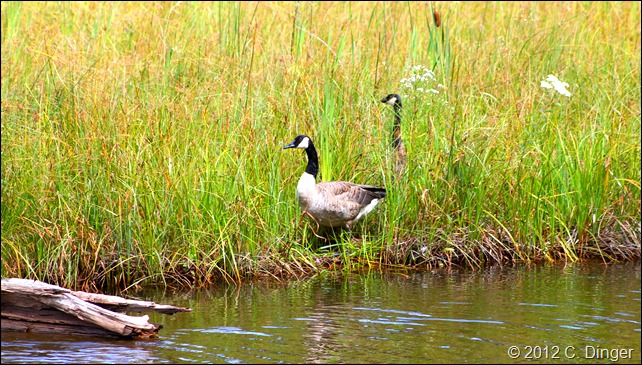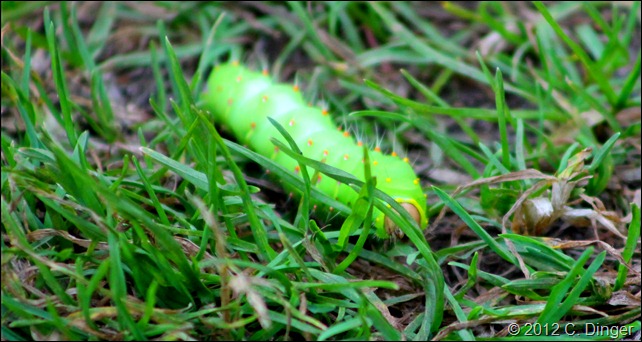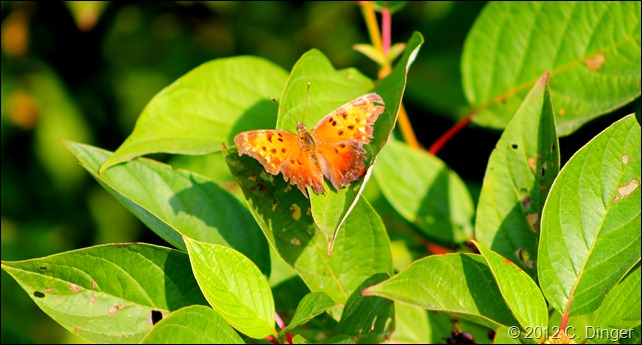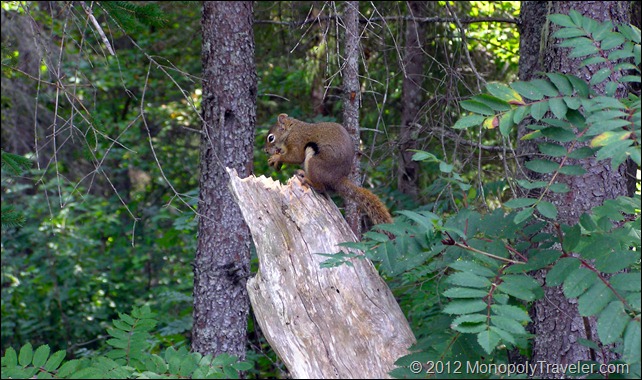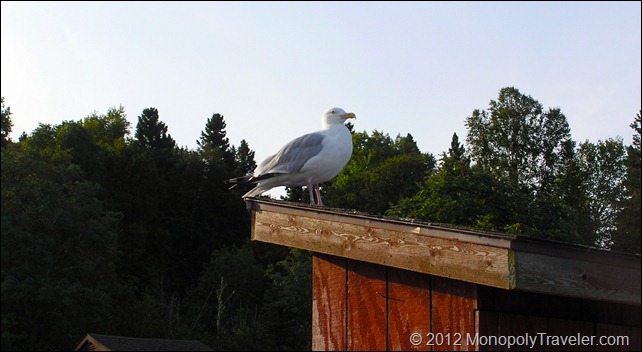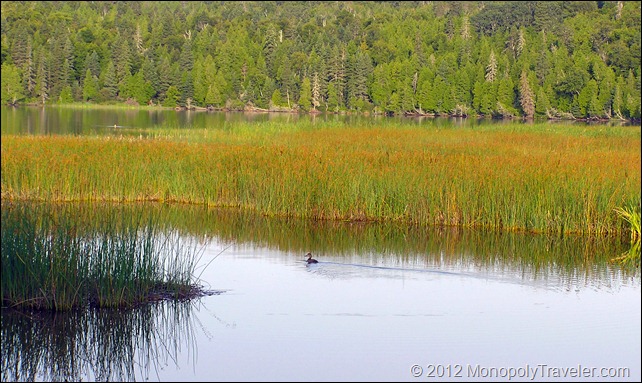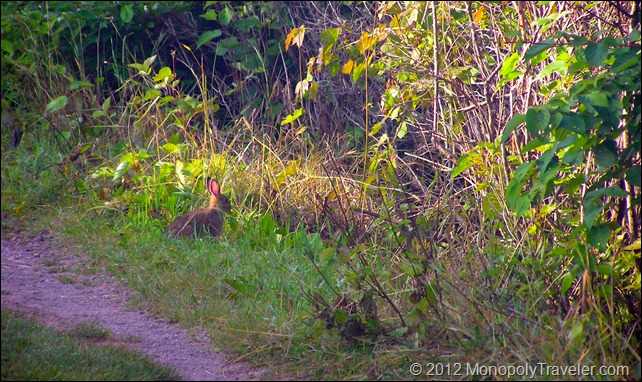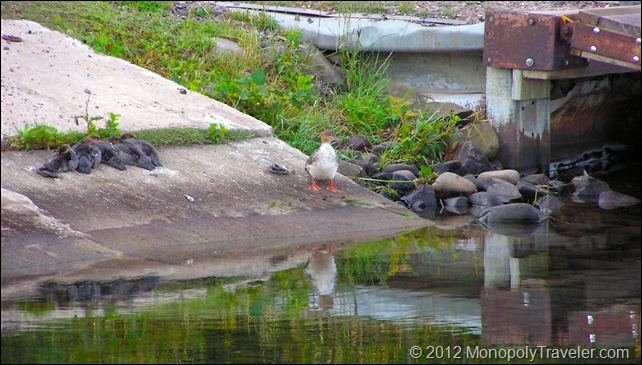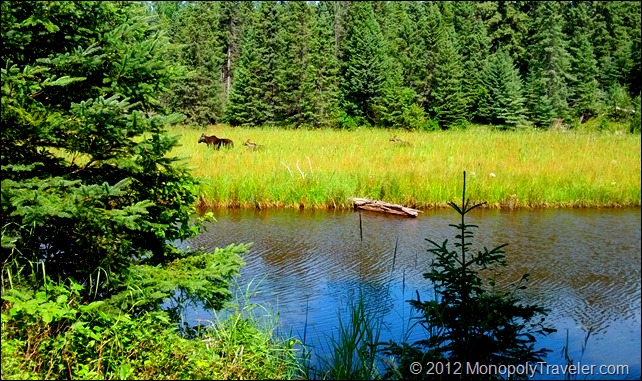It take a lot of motivation to purposefully venture out in subzero temperatures with a brisk north wind blowing. Getting up before the sun on a cold January morning seemed like a good idea until the alarm goes off and you see exactly how cold it is outside of the window. And to voluntarily do that on a weekend is not always the most thrilling way to spend those dark hours unless there’s something you’re looking for more than sleep. The motivation this morning was to find birds that migrate to this area for the winter. It does seem a little weird that birds fly to Northern Minnesota during the winter. This day began at –15 degrees Fahrenheit with wind making it feel more like –30. Once again would the vehicle start at these temperatures? Turning the key created some noise under the hood but nothing near starting, at first. A few revolutions of the starter and the engine came back to life but you could hear the hesitation as it whined as if it was begging to be turned off until a warmer day. Sax Zim bog was the destination which is world renown for winter birding. Nearing the bog the temperature had dropped to –25 degrees with a slight wind making it seem much colder. Would the birds even be moving in this cold? How will the camera function?
Arriving at the bog there wasn’t much for signs of life however there were tracks all over the place bringing promise to the adventure. The goal of this day was to witness the Snowy Owl which travels here from the artic during the winter. There had been posts online showing Snowy Owls so they were in the area but finding them may be a bit of a challenge. The morning was spent driving to the “hot spots” searching on top of power line poles, hay bales out in fields, and scanning fields for any sign of an owl possibly snagging breakfast. No success! As the morning grew longer it was time to focus on other birds that fly into the area. Fortunately there’s a nice map showing where people feed these winter birds and where owls may be present other than the Snowy. A couple of other owls on the list to see were the Hawk Owl and Great Gray Owl both known to be in this area. Until I saw Sax Zim Bog myself it seemed rather odd that people set up elaborate feeding stations during the winter so that people from all over the United States and the world can see these magnificent birds. While heading to a promising group of bird feeders I spotted something out of the corner of my eye that didn’t seem to fit the roadside which has been flying by. Quickly stopping and looking more intently, there just sitting by the side of the road was a Pine Marten. I did not even expect to see one of these here. The first opportunity to see if the camera and lens would cooperate with a nice photo. Slowly the camera turned on and became ready to photograph but the lens had other ideas. Focusing was not one of them. The auto focus was extremely sluggish and having difficulty finding something to key in on. After a little time it did finally get close to focusing on the Pine Marten but still didn’t get it as sharp as I wanted. A few shots and the Pine Marten decided it was time to retreat back into the trees it had come from. That was a little disappointing start with the camera but a great start to a day of exploring the frigid bog.
Continuing down the road there was a couple of cars stopped and talking with one another. What could they be discussing? Eventually they parted ways continuing on down the road and stopped to inform of a Northern Hawk Owl located just down a ways. Turning around to follow these new found birding friends until they stopped and discovered several other cars parked in this area just along the side of the road. There was a trail, which had been discussed earlier if that should be explored further, leading off into the forest. Now there was a great reason to follow the footprints of others into the unknown area. Spending a few minutes collecting the necessary clothing and camera equipment in an effort to stay warm while hopefully capturing a nice photo of this owl. Following the two people that pointed out this spot into the snow covered forest searching for an owl perched where it had been seen before but this day there was no owl. A couple of other bird enthusiasts were walking in the opposite direction on the trail able to provide more encouragement explaining the owl was a little deeper today but it would be obvious where because of all the other large cameras pointed towards it. They were right! Getting close the first thing visible were cameras perched on tripods each hold what appeared to be cannons but were really just very large lenses. The kind that could pick out a mosquito from 100 yards away. Following the direction of these and there it was – a Northern Hawk Owl! A beautiful bird watching over the landscape. Almost like it was entertained by the constant motion of people traveling to this one area and then stopping like there was some sort of invisible wall preventing them from going any further. As a courtesy to other photographers and birders no one wanted to risk getting too close and spooking the owl.
Retreating from the cold forest back into a warm vehicle, it was time to venture to some feeding stations and discover what kinds of birds were out today. Slowly approaching the first one, there was all kinds of activity there but it was difficult to see exactly what types of birds where fluttering about because of the shade protecting their identities. After a few minutes they moved into more light revealing Evening Grosbeaks. The color of these birds was amazing. Yellows, whites, and blacks typically reserved for summer migrants but here they are in the middle of a harsh winter day in Minnesota. Typically the birds living through the winter are more drab waiting until spring time to show off their beautiful plumage. Not these grosbeaks! There were numerous birds flying in between surrounding trees and the bird feeder offering a full supply of sunflower seeds to get through a difficult January day. Chickadees and Blue Jays accompanied the Evening Grosbeaks in gorging themselves on these black seeds moving back and forth as if they’re being orchestrated by a control tower so each can safely land, grab a few seeds, and depart making room for another bird to do the same. Occasionally there’s a conflict quickly resolved as a pecking order becomes established for each trip to the feeder. At this point the camera seemed to have woken up and accepted the cold as it began to focus more accurately on the fast moving creatures revealing these beautiful colors flashing in and out of the bird feeder. Watching the activity started to make the cold disappear bringing out the enjoyment so many people come here to find among the winter inhabitants.
There was much excitement now to see what other bird feeders held so it was off to another area spot. Driving down the road you could tell when there was something of interest as there would be several cars parked on the side of the road with people watching a particular spot. It reminded me of being in a national park and there was an animal browsing along the road. A traffic jam! At this next spot there was a multitude of birds I’ve never seen before. At first the Blacked Capped Chickadees were easily spotted. Joining them were a flock of Pine Grosbeaks in their vibrant colors. It was so much fun to watch as they hopped between the trees nearby to the ground and up to the feeders themselves in search of their next morsel of food. In an instant you could hear excitement among those watching and there was another species high on the list of wanting to see – a Boreal Chickadee. There were not many spotted this winter so to see at least one was a special treat revealing why there was so much excitement when this one was spotted. Taking a few seconds to listen, there were cameras busily shooting all around as the sound of their clicking filled the roadside. In the picture above of that chickadee you can see small pieces of wood flying behind the bird as it pecked away to get at the food hidden inside. In an instant all of the birds disappeared as if a warning bell had gone off.
Scanning the trees the reason for their departure quickly became apparent. A pair of Gray Jays, otherwise known as Canada Jays, entered the feeding area. They were quite entertaining to watch as they perched in nearby trees almost as if they were posing to say “look at me” and giving everyone an opportunity to snap their photos. Soon they moved from their perches to begin consuming the nutritious nuts capable of giving them the necessary energy for the day. As they moved on, other birds returned and everything appeared normal once again. Still a few birds remained elusive. It was time to venture into the Visitor’s Center (which is only open during the winter months) to get information on possible spotting earlier in the day and potential locations to see more birds. With this information more exploring began without much success. As the sun moved towards the horizon, the snowy owls should be reappearing for the night. Following recommendations there was an area targeted on the map to find one of these beautiful owls. Getting closer to the specified trees, there perched at the top of one of them was a larger bird. Getting closer it was revealed to be a Snowy Owl on time like it had a schedule to keep. Once again there were several vehicles on the side of the road with tripods containing cameras or spotting scopes all directed at the owl. Grabbing some photographs, the owl flew off into the setting sun bringing an end to a fun, cold day. One that hopefully will be repeated soon.

